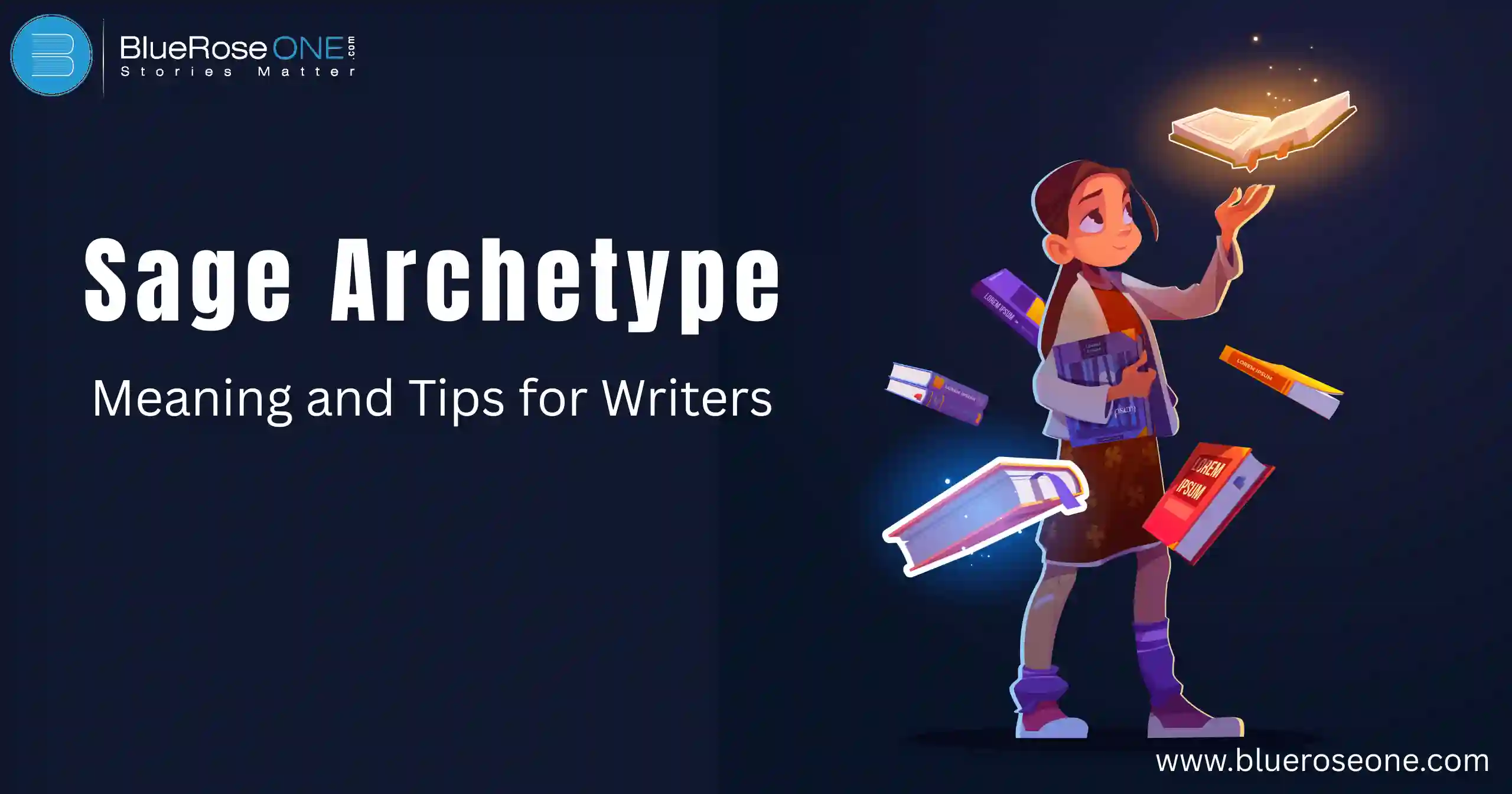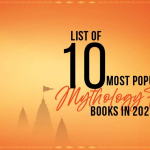Definition of the Sage
A Sage is a figure whose primary goal is to acquire and spread knowledge. They thrive on knowledge, meditation, and the truth. Their motivation is not wealth or power, but enlightenment.
From the philosophers of Ancient Greece to spiritual teachers in Eastern traditions, the Sage archetype has been part of human storytelling since the earliest epics.They are analytical thinkers, patient listeners, and lovers of deep conversation. Curiosity is their compass.
You may alos like: Chloe Walsh Books in Order You Can’t Miss
Core Characteristics of the Sage
Wisdom and Intelligence
The Sage archetype thrives on deep knowledge and sharp intellect, using both to guide others toward truth and understanding. Their wisdom comes from experience, reflection, and a constant pursuit of learning.
More than just smart, Sages connect facts with insight, offering perspective that helps characters—and readers—see the bigger picture and make informed decisions.
Curiosity and Lifelong Learning
At the heart of the Sage archetype lies an insatiable curiosity and a commitment to lifelong learning. Sages constantly seek knowledge, explore diverse perspectives, and question existing beliefs.
Their wisdom grows not from static expertise but from an ongoing journey of discovery, making them valuable guides and mentors in both storytelling and real life.
Calmness Under Pressure
The Sage archetype thrives in difficult conditions by retaining calm and clarity. Instead of reacting rashly, the Sage observes, analyses, and answers with measured wisdom.
This calm demeanour instills trust in others, allowing them to rely on their advice during situations. For writers, showing this stability lends depth and authenticity to Sage-driven characters.
You may also read: Nothing Like the Movies: A Must-Read Lynn Painter Romance
Guidance Without Domination
A defining trait of the Sage archetype is offering wisdom without controlling others. Sages empower characters to think critically, make informed choices, and grow through personal experience.
Instead of imposing decisions, they provide insight, ask thought-provoking questions, and encourage independence. This balance fosters trust and ensures the Sage’s influence guides rather than dictates a hero’s journey.
The Sage in Literature and Media
Classic Literary Sages
Classic literary sages frequently figure as wise mentors who guide heroes towards maturity and insight. Figures such as Gandalf in The Lord of the Rings and Dumbledore in Harry Potter represent great knowledge, moral clarity, and foresight.
These individuals function as narrative anchors, providing guidance that moulds the protagonist’s journey and illuminates timeless truths.
Modern Reinterpretations
Modern reinterpretations of the sage archetype often blend wisdom with relatability, presenting mentors who are flawed yet insightful.
In literature and media, these characters may reject traditional robes and riddles for casual attire and candid advice, resonating with contemporary audiences. They embody timeless knowledge while navigating modern dilemmas, making ancient wisdom relevant to today’s world.
Mentor vs. Sage
While both the mentor and the sage guide protagonists, their roles differ in scope and depth. A mentor often provides practical skills, moral support, or strategic advice to achieve specific goals.
In contrast, the sage embodies timeless wisdom, offering philosophical insights that shape the hero’s worldview, often guiding them toward self-discovery rather than just victory.
You may also like: Bunny vs Monkey Books in Order – Ultimate Reading Guide
Common Mistakes Writers Make
Too Cryptic
Writers that exemplify the Sage archetype may make the error of being overly obscure, leaving readers bewildered rather than educated. Overuse of arcane references, jargon, or abstract concepts can alienate readers and weaken the message.
While mystery can arouse curiosity, clarity guarantees that wisdom is understood. A true Sage strikes a balance between depth and accessibility, guiding readers without complicating their journey.
Just a Plot Device
Another common mistake when writing a Sage archetype is reducing them to “just a plot device.” Instead of being a fully developed character, they exist only to give advice or reveal key information.
This weakens the story’s depth and makes the Sage feel lifeless. A compelling Sage should have personal goals, flaws, and growth beyond the protagonist’s journey.
No Personal Goals
The third common mistake writers make when portraying the Sage archetype is giving them no personal goals. While Sages often guide others with wisdom, they still need their own motivations and desires.
Without personal stakes, the character risks feeling flat or purely functional, making the story less engaging and emotionally resonant for readers.
You may also like: Lottie Brooks Books in Order: A Quick & Fun Guide
Tips for Writers
Draw from Real People
When creating a Sage character, take inspiration from real individuals you’ve met or studied. Observe their speech patterns, mannerisms, and ways of sharing wisdom.
Historical figures, mentors, or even knowledgeable friends can provide authentic traits. Blending these real-world details into your Sage archetype makes them more relatable, believable, and impactful for readers.
Layer Their Backstory
When writing a Sage archetype, build a layered backstory that explains their wisdom and worldview. Show how life experiences, struggles, and mentors shaped their knowledge, rather than presenting them as instantly all-knowing.
Include moments of failure or loss to make them relatable, and reveal details gradually. This depth not only adds realism but also keeps readers curious about the Sage’s past and motivations.
Give Them Limitations
Even the wisest Sage archetype benefits from having flaws or limits. Perfect, all-knowing characters can feel unrealistic and unrelatable. Give them blind spots, moral dilemmas, or knowledge gaps that challenge their beliefs.
These weaknesses create opportunities for growth, tension, and richer storytelling. Limitations not only humanize the Sage but also make their journey and the wisdom they share more engaging for readers.
You may also read: How to Read Jack Carr Books in Order: Ultimate Guide
Conclusion
The Sage archetype is a treasure for storytellers, but it works best when the character is more than a walking encyclopedia. By giving your Sage flaws, goals, and a touch of unpredictability, you can turn them into someone readers will remember, not just for their wisdom, but for their humanity.
Frequently asked questions - Sage Archetype
A character who seeks and shares knowledge to guide others.
A mentor teaches skills; a Sage provides perspective.
Yes, though they often work best alongside a hero.
Fantasy, historical fiction, sci-fi, and even contemporary drama.
Avoid clichés, mix unexpected traits, and let them evolve.















